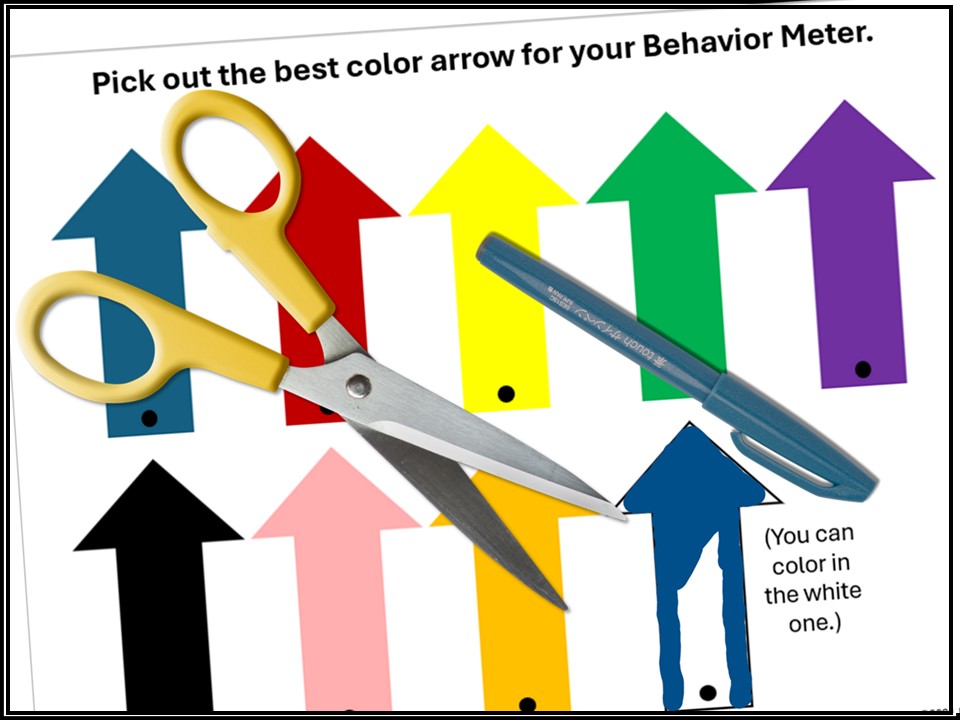Doing coloring during therapy activities can be beneficial in several ways.
In Part 2 and Part 3 in this series, I described ways that drawing can be used to help social emotional learning in various ways. In this following section, I provide examples and explanation regarding a rather different use of crayons, pencils and markers – coloring and decorating – and how this can enhance our therapy initiatives.
Coloring and decorating might seem like pointless and distracting activities to encourage in a therapy setting. But when used periodically and strategically, coloring can help a child to relax, focus on a therapy task and prolong their attention to an issue of concern during the session. Having the child color or decorate a therapeutic tool has the potential to personalize the task and to help a child to increase investment and commitment to the work.
Here are some examples of therapeutic coloring from my free downloads and from one of my children’s books.
The Self-Control and Problem Fixer

This text on this customizable resource is typed into textboxes on the free download. You assist the child with this at the computer, acting as advisor and “secretary.” After you print it and help the child to cut it out, the child picks out colors and shades the background. This coloring portion can be time consuming, but it affords you, the therapist, a very good opportunity to discuss therapy issues while the child is looking downward, relaxing and coloring.
Remote control channel changer for conversation topics

The Remote Control Channel Changer looks like the Problem Fixer shown above, but it has an entirely different function – to help raise a child’s awareness of diverse conversation topics. Each of the ten central buttons is blank to begin with and then you fill them in with the child. The free download provides a PowerPoint option in which each button contains a small text box. You and the child type in topics while seated at the computer together.
After you print it and help cut it out, the child colors it in. This provides a relaxed occasion to try out some of the conversation topics listed on the buttons.
Anime emotion cards and coloring worksheets
In my extensive experience using these resources in my own work, nearly all young people on the spectrum, from young child to young adult, elect to color these when given the option of coloring or not coloring. Some adjust the skin tones to more closely resemble their own skin color.
These arrows are components of the Customizable Behavior Meters resource featuring the option of coloring. I include this small example here to emphasize the value of allowing the child to personalize the therapy tools we employ, even in little ways like this, to enhance their own commitment to the work.
Train coloring pages from The Conversation Train Book (2014 Jessica Kingsley Publishers)
This is a page from my book that uses the parts of a train to represent the different parts of conversation.
The next in this series: Part 5: Creative use of others’ images and AI for social & emotional learning.
Joel Shaul, LCSW
Part 2: Assigning individual drawing tasks for social & emotional learning.
Part 3: Assigning collaborative drawing tasks for social learning.
Part 4: Coloring & decorating to add interest & levity to social & emotional learning.
Part 5: Creative use of others’ images and AI for social & emotional learning.
Part 6: Encouraging & validating the child’s own artistic expression in therapy & teaching.




